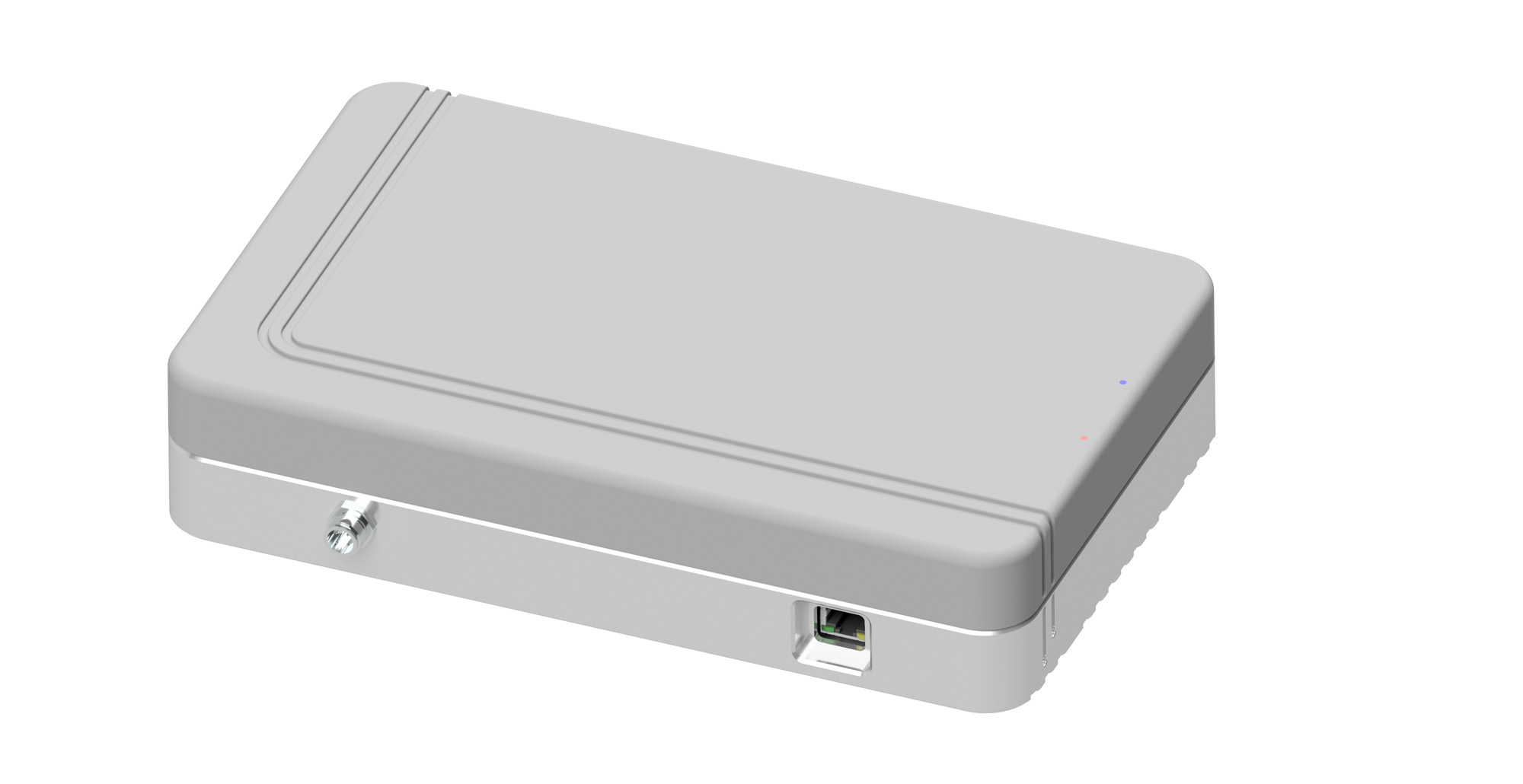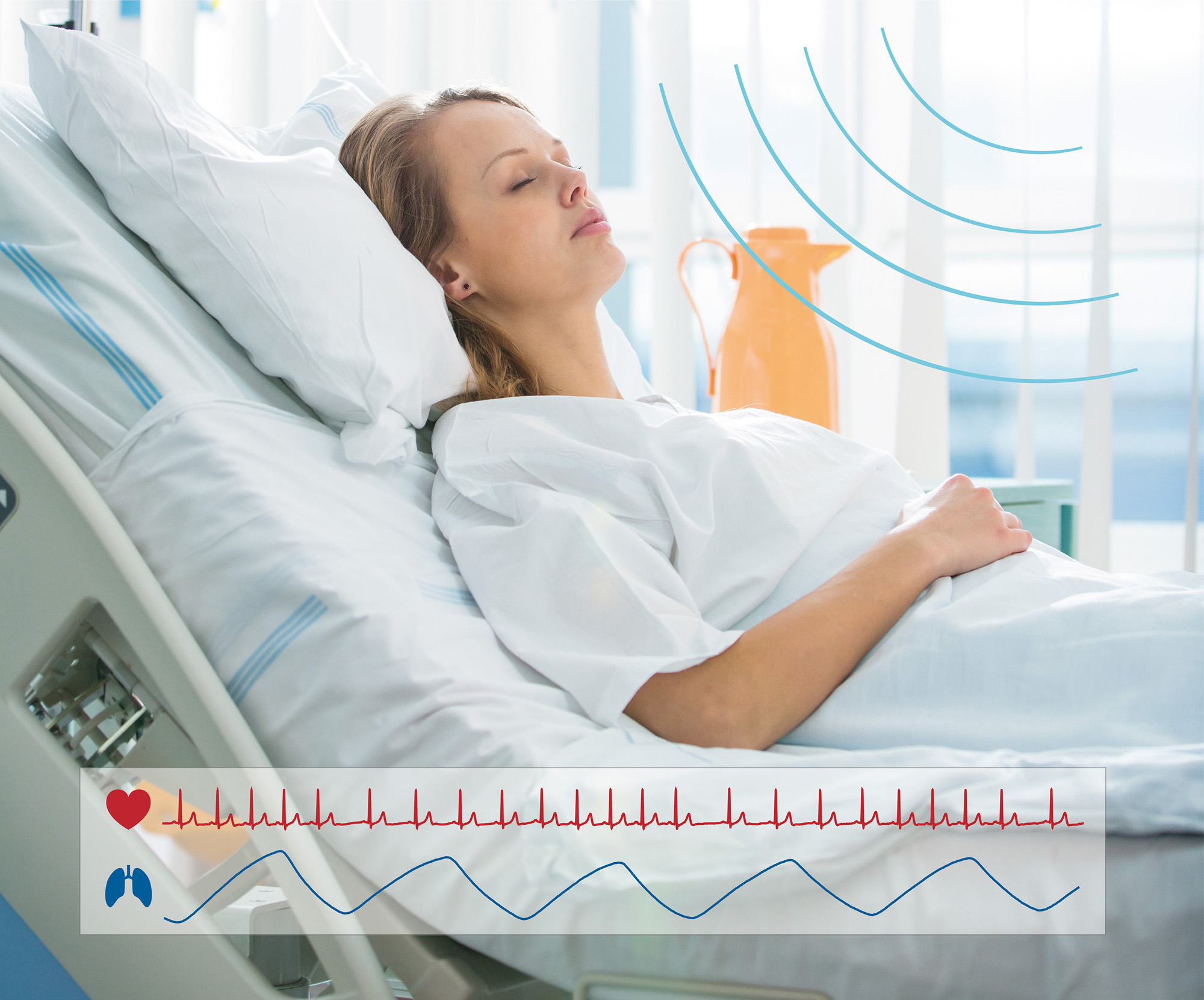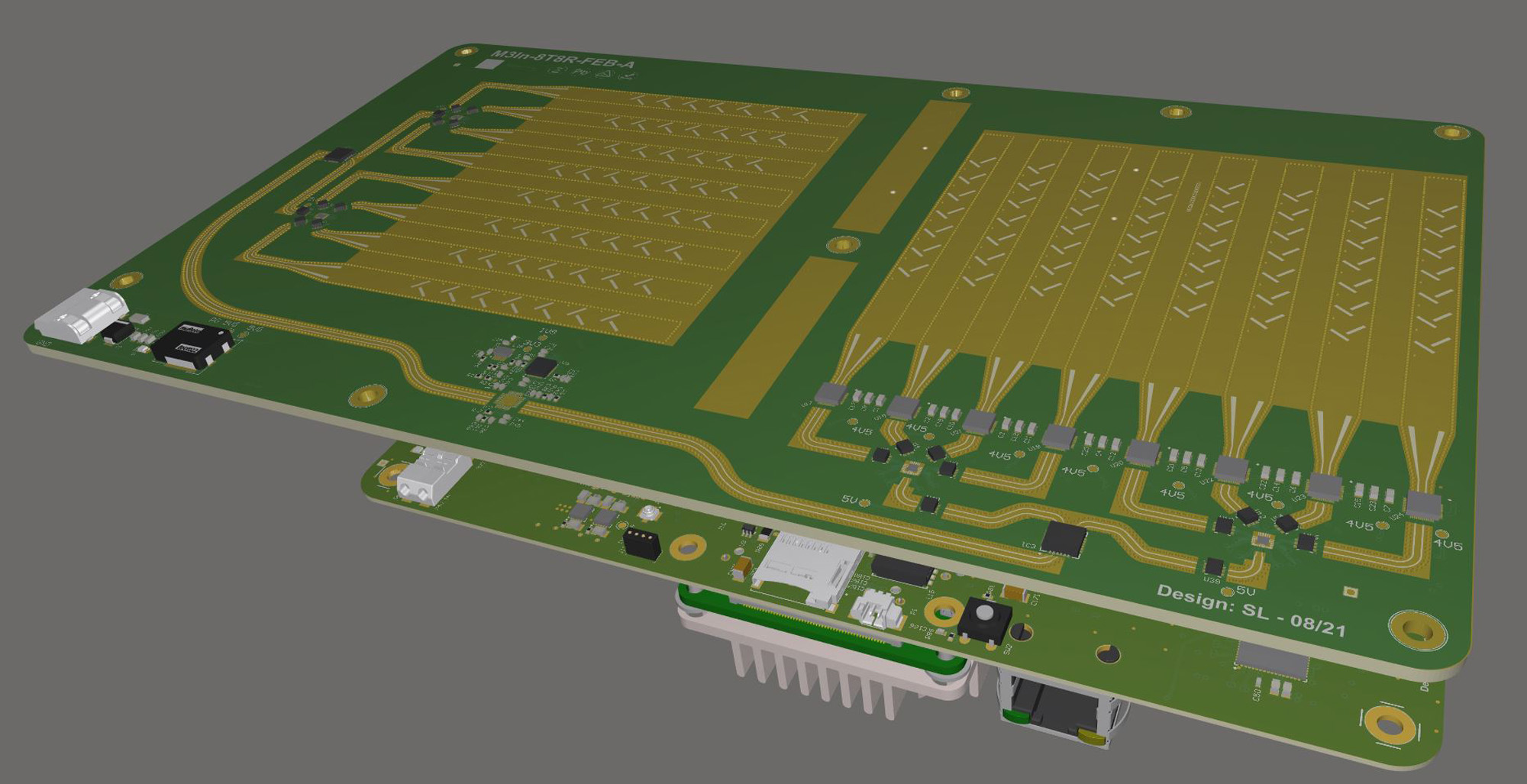Vital signs of Corona patients at a glance anytime
If the condition of a person infected with corona deteriorates, rapid action is required – such as artificial respiration. In the future, a new sensor network could help doctors to keep a constant eye on the condition of their patients and to react immediately if their condition deteriorates.



If a person is infected with the Corona virus, critical situations can quickly arise. Medical staff therefore always want to know: How does the condition of infected persons change? Is there a need for action, for example because a lung is no longer being properly ventilated? In the future, sensors developed by ten Fraunhofer Institutes and four medical partners under the leadership of Fraunhofer IIS in the M3Infekt project - Fraunhofer FHR was also involved – could provide information about such questions. Various sensors are to monitor the vital parameters of patients and, when combined, ensure universal monitoring: In this way, changes in condition can be detected at an early stage and appropriate countermeasures can be initiated quickly.
Radar sensor measures vital data without contact
A wristband measures pulse and oxygen, a vest checks respiratory volume and determines whether the lungs are sufficiently ventilated, a chest strap creates a continuous mini ECG and an optical camera system determines vital parameters. In addition, there are radar sensors from Fraunhofer FHR: the flagship is a multi-channel MIMO sensor, short for »Multiple Input Multiple Output«. Hanging in the corner of a room, it measures the vital signs of the people in the room – especially their breathing rate. To monitor the condition of individual patients, the researchers developed a single-channel sensor to complement the portfolio. Beyond measuring vital signs, the radar sensors also enable tracking of the person in the room. To make the results even more robust and generate added value, the data from the radar sensors is combined with that from the optical camera system from Fraunhofer IIS/EAS. For example, how is the person facing the sensor – does he have his back turned away?
Principle of the MIMO sensor
The MIMO radar sensor has a total of eight transmitting and eight receiving channels. The signals sent out by a transmitter module are reflected by the various objects in the field of view – by the bed and table as well as by the ill person – and received by the eight receiver modules. Since these are spatially slightly separated from each other, the signals arrive at the various receiving channels at slightly different times. The differences in propagation time make it possible to determine where in the room a corresponding object is located. The eight transmitter channels in turn serve to increase the spatial resolution. But how can the vital parameters of patients be measured with radar? The answer: via the movement of the chest during breathing. When a person breathes in, the chest rises by one to two centimeters – a stroke that can be clearly seen in the measurement signals. Even the heartbeat, a much finer movement, can be detected with the radar sensors. Since the heart beats at a much higher rate than our breathing rate, these signals can be easily separated. To be able to separate the vital signs of different people, they must be at a minimum distance from each other: If they are standing more than 60 centimeters apart, the system can resolve their vital signs separately from each other – and even if the persons are standing behind each other as seen from the sensor. This value is due to the bandwidth of the measurement signal: The researchers relied on a free ISM band with a bandwidth of 250 MHz for the system, which meets the guidelines of the German Federal Network Agency.
Clinical study in planning
The MIMO sensor consists mainly of two boards: an analog part, the front end, which generates the signals via a high-frequency circuit. And secondly, the backend, in which the analog measurement signal is digitized by an analog-digital converter and then processed by the algorithm in the form of digital measurement data in the evaluation computer and converted into vital parameters. Both the housing of the MIMO sensor and the digital module already exist, and the algorithm is also ready. The front end, i. e. the analog part, is in progress. In a further step, the researchers want to carry out initial test series at Fraunhofer FHR before evaluating the system in a clinical study on external subjects.